Home>Home Appliances>Bathroom Appliances>How Many Electrons Flow Through The Hair Dryer In 6.0 Min?


Bathroom Appliances
How Many Electrons Flow Through The Hair Dryer In 6.0 Min?
Modified: February 25, 2024
Discover the number of electrons passing through a hair dryer in 6.0 minutes. Explore the electrical flow in bathroom appliances.
(Many of the links in this article redirect to a specific reviewed product. Your purchase of these products through affiliate links helps to generate commission for Storables.com, at no extra cost. Learn more)
Introduction
When you switch on your trusty hair dryer, you might not immediately think about the intricate dance of electrons happening inside it. But have you ever wondered just how many electrons are flowing through the hair dryer during its operation? Understanding the flow of electrons in a hair dryer can provide a fascinating glimpse into the world of electrical appliances and the fundamental principles that govern their functionality.
In this article, we will delve into the mesmerizing realm of electron flow within a hair dryer. We will demystify the concept of electron flow, explore the calculations involved, and gain a deeper appreciation for the marvels of electrical engineering. So, let's embark on this electrifying journey to uncover the secrets behind the flow of electrons in a hair dryer!
Key Takeaways:
- The average hair dryer has a power rating of 1200 watts and draws a current of 10 amperes during operation, resulting in a staggering 3.74 x 10^21 electrons flowing through it in just 6 minutes.
- Understanding the flow of electrons in a hair dryer provides a fascinating glimpse into the world of electrical appliances, showcasing the mesmerizing dance of electrons that powers everyday devices.
Read more: How Many Decibels Is A Hair Dryer
Understanding the Flow of Electrons
Before we dive into the specifics of how many electrons flow through a hair dryer, it’s essential to grasp the fundamental principles governing the flow of electrons in electrical devices. At the heart of this understanding lies the concept of electric current, which represents the flow of charged particles, typically electrons, through a conductive medium.
When you power up your hair dryer, you initiate a chain reaction of electron movement. Inside the dryer’s circuitry, the electrons flow from the negative terminal of the power source, through the conductive wires and components of the hair dryer, and ultimately return to the positive terminal of the power source. This continuous flow of electrons constitutes the electric current that powers the hair dryer’s functionality.
It’s important to note that the rate of electron flow, or current, is measured in amperes (A). One ampere is defined as the flow of 1 coulomb of charge per second. This means that a higher current indicates a greater number of electrons passing through a given point in the circuit per unit of time.
Furthermore, the voltage supplied to the hair dryer determines the force that drives the electrons through the circuit. Voltage, measured in volts (V), represents the electric potential difference between two points in the circuit. In the case of a hair dryer, the voltage provided by the power source propels the electrons, enabling them to perform the work necessary for heating and airflow.
As we unravel the intricacies of electron flow, we gain a deeper understanding of the dynamic interplay between voltage, current, and resistance in electrical systems. This knowledge forms the cornerstone of our exploration into calculating the flow of electrons in a hair dryer.
One tip for calculating the number of electrons flowing through a hair dryer in 6.0 minutes is to use the formula:
Number of electrons = Current (in amperes) x Time (in seconds) / Charge of an electron (1.6 x 10^-19 coulombs).
Calculating the Flow of Electrons in a Hair Dryer
Now that we comprehend the underlying principles of electron flow in electrical devices, let’s apply this knowledge to calculate the flow of electrons in a hair dryer. To embark on this electrifying journey, we need to consider the power rating of the hair dryer, typically measured in watts (W).
The power rating provides crucial insights into the energy consumption of the hair dryer during operation. By utilizing the equation P = IV, where P represents power in watts, I denotes current in amperes, and V signifies voltage in volts, we can unravel the enigmatic realm of electron flow within the hair dryer.
Assuming a typical power rating of 1200 watts for a hair dryer, we can employ the power equation to determine the current flowing through the device. Rearranging the equation to solve for current, we get I = P / V. With a standard voltage of 120 volts in household circuits, we can calculate the current as I = 1200W / 120V = 10A.
Now, armed with the knowledge that the hair dryer draws a current of 10 amperes during operation, we can delve into the mesmerizing world of electron flow. Recall that 1 ampere corresponds to the flow of approximately 6.24 x 10^18 electrons per second. Therefore, over the course of 1 minute (60 seconds), the total number of electrons flowing through the hair dryer can be calculated as 10A x 60s x 6.24 x 10^18 electrons/A = 3.74 x 10^21 electrons.
It’s truly astounding to fathom the sheer magnitude of electron flow within a hair dryer in just 6 minutes. This calculation offers a captivating insight into the colossal number of electrons orchestrating their mesmerizing dance to power the hair dryer’s functionality.
As we unravel the intricacies of electron flow and engage in these captivating calculations, we gain a profound appreciation for the wondrous symphony of electrons that underpins the operation of everyday electrical appliances, including the humble yet indispensable hair dryer.
Conclusion
Embarking on this electrifying exploration into the flow of electrons in a hair dryer has unveiled the captivating interplay of fundamental electrical principles that govern its operation. By unraveling the enigmatic dance of electrons within the hair dryer, we have gained a profound appreciation for the mesmerizing world of electrical engineering.
Understanding the flow of electrons in a hair dryer has allowed us to peer into the intricate mechanisms that power this everyday appliance. From the initiation of electron flow when the hair dryer is switched on to the colossal number of electrons orchestrating their mesmerizing dance within its circuitry, we have uncovered the captivating symphony of electron movement that brings the hair dryer to life.
Through the application of fundamental electrical equations, we have calculated the astonishing number of electrons flowing through a hair dryer in just 6 minutes. The sheer magnitude of electron flow, exemplified by the staggering figure of 3.74 x 10^21 electrons, serves as a testament to the remarkable energy and precision woven into the fabric of electrical appliances.
As we conclude our journey into the realm of electron flow in a hair dryer, we emerge with a newfound appreciation for the marvels of electrical engineering. The seamless interplay of voltage, current, and power has illuminated the captivating dance of electrons that underpins the functionality of the humble yet indispensable hair dryer.
So, the next time you reach for your hair dryer, envision the enthralling ballet of electrons propelling its operation, and marvel at the awe-inspiring world of electrical currents that permeates our daily lives.
May this journey into the electrifying realm of electron flow kindle a lasting fascination with the captivating dance of electrons within the devices that enrich our existence.
Frequently Asked Questions about How Many Electrons Flow Through The Hair Dryer In 6.0 Min?
Was this page helpful?
At Storables.com, we guarantee accurate and reliable information. Our content, validated by Expert Board Contributors, is crafted following stringent Editorial Policies. We're committed to providing you with well-researched, expert-backed insights for all your informational needs.
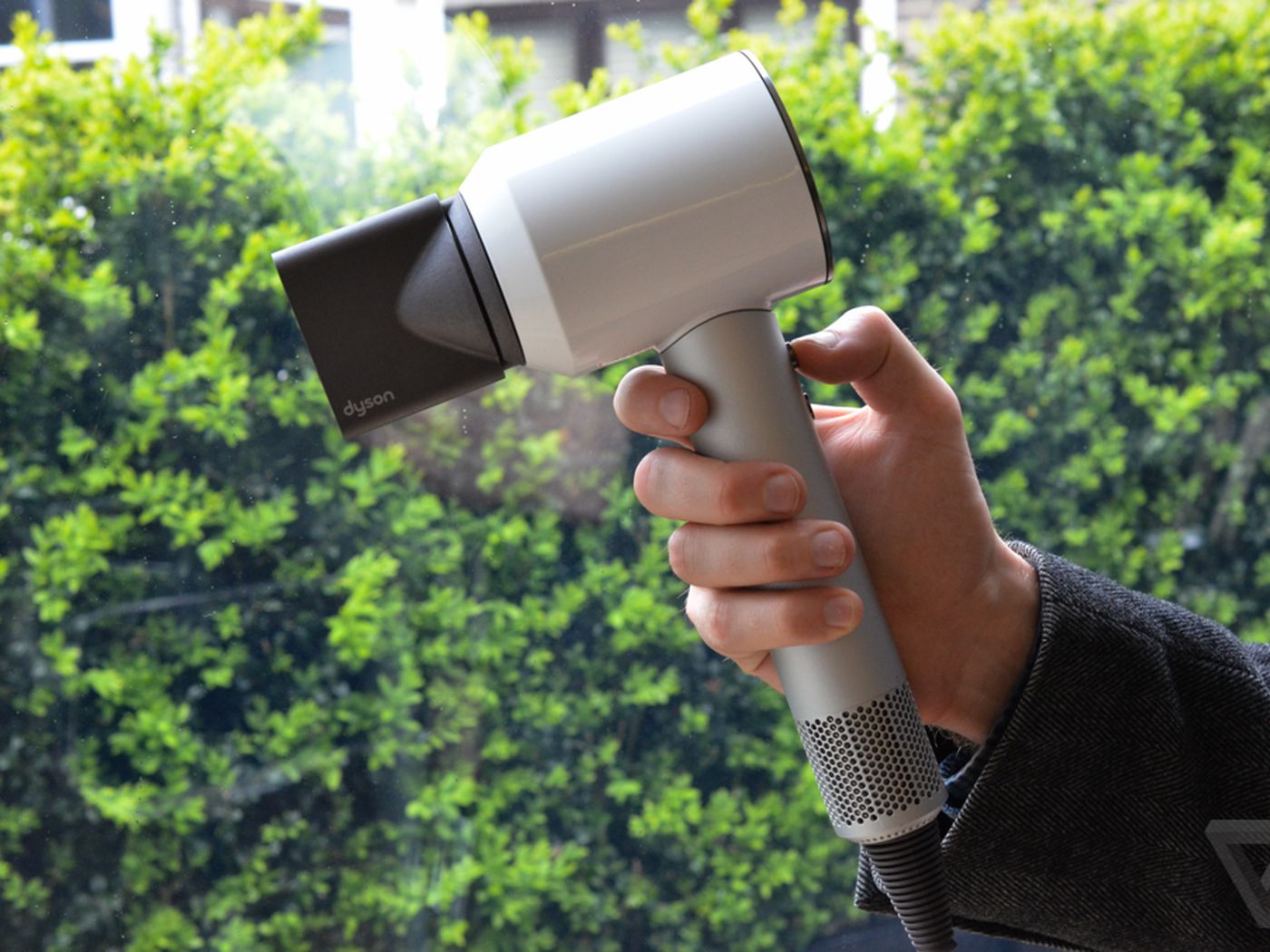
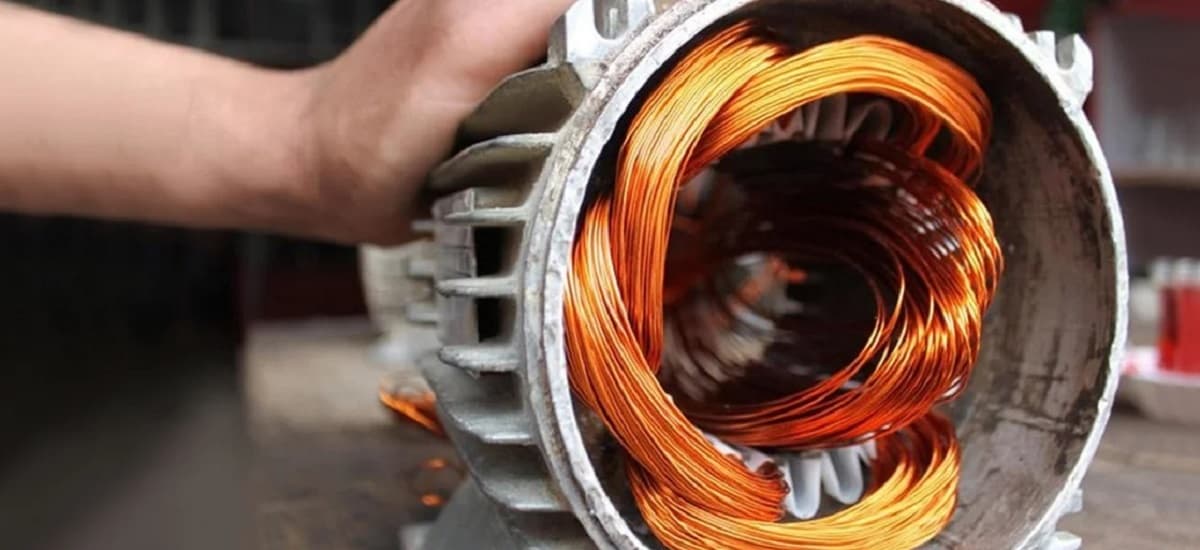
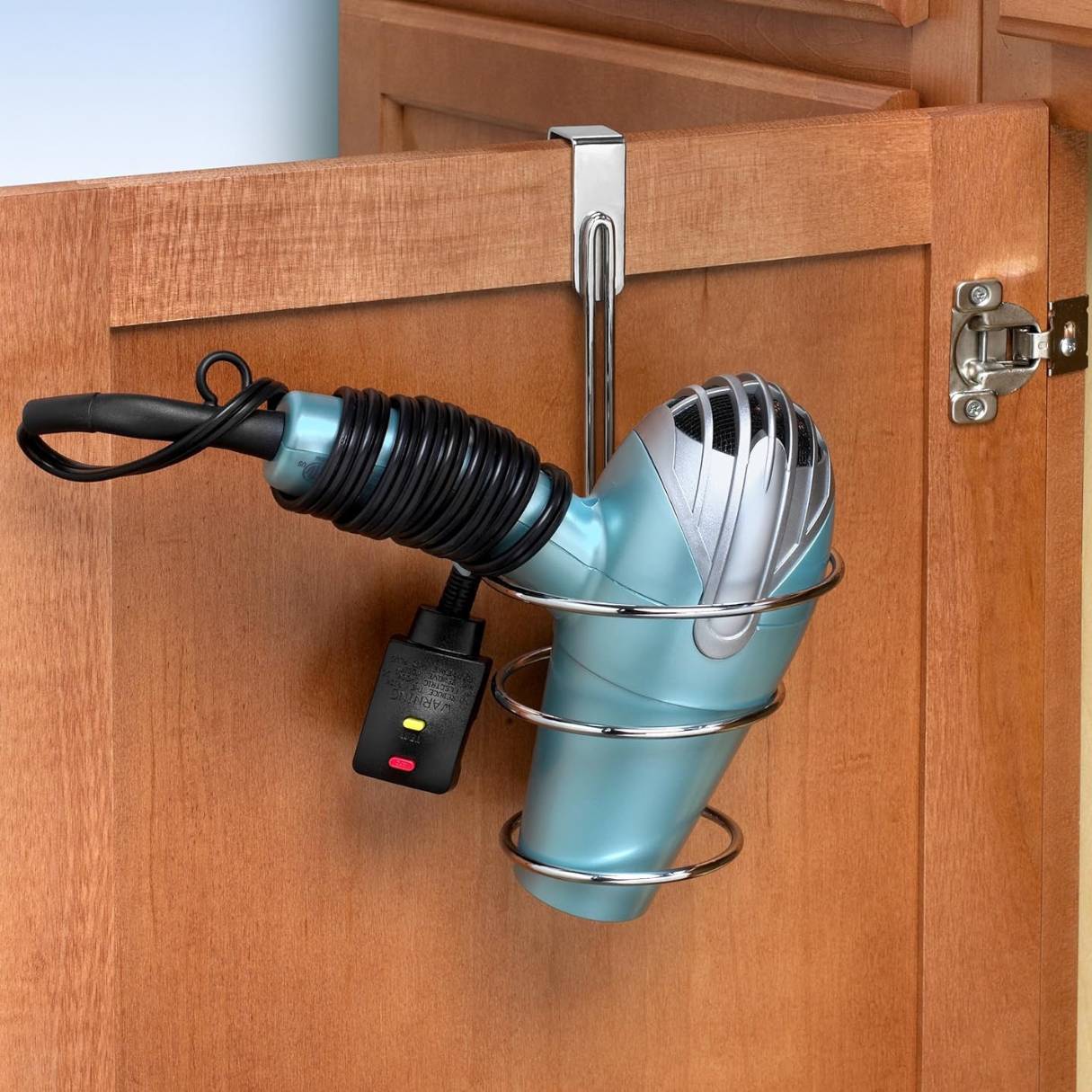
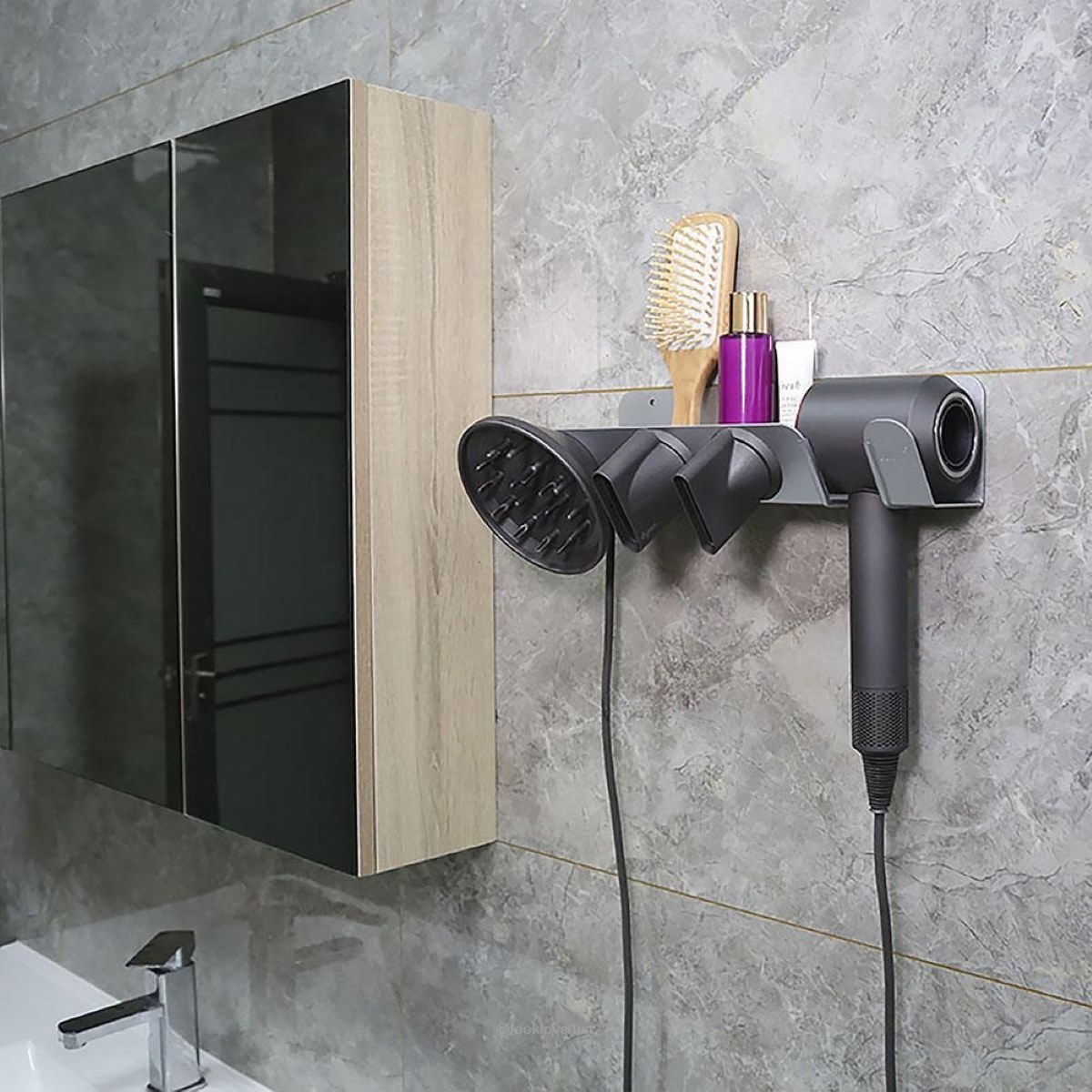
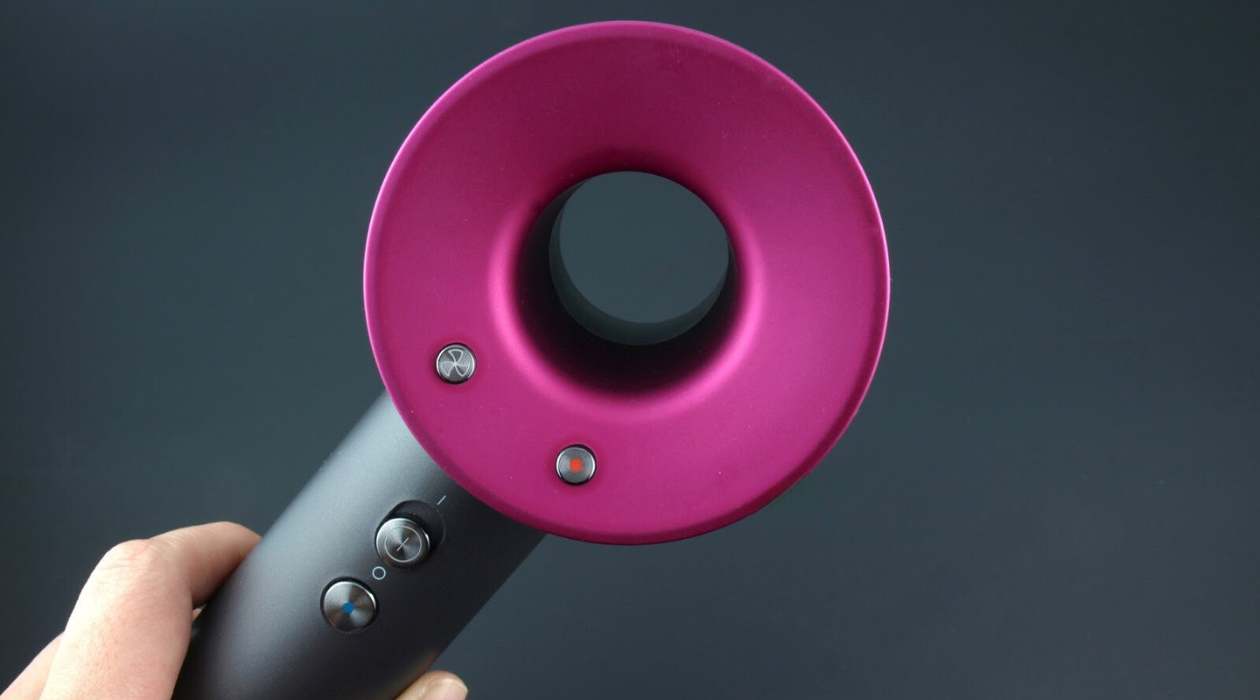
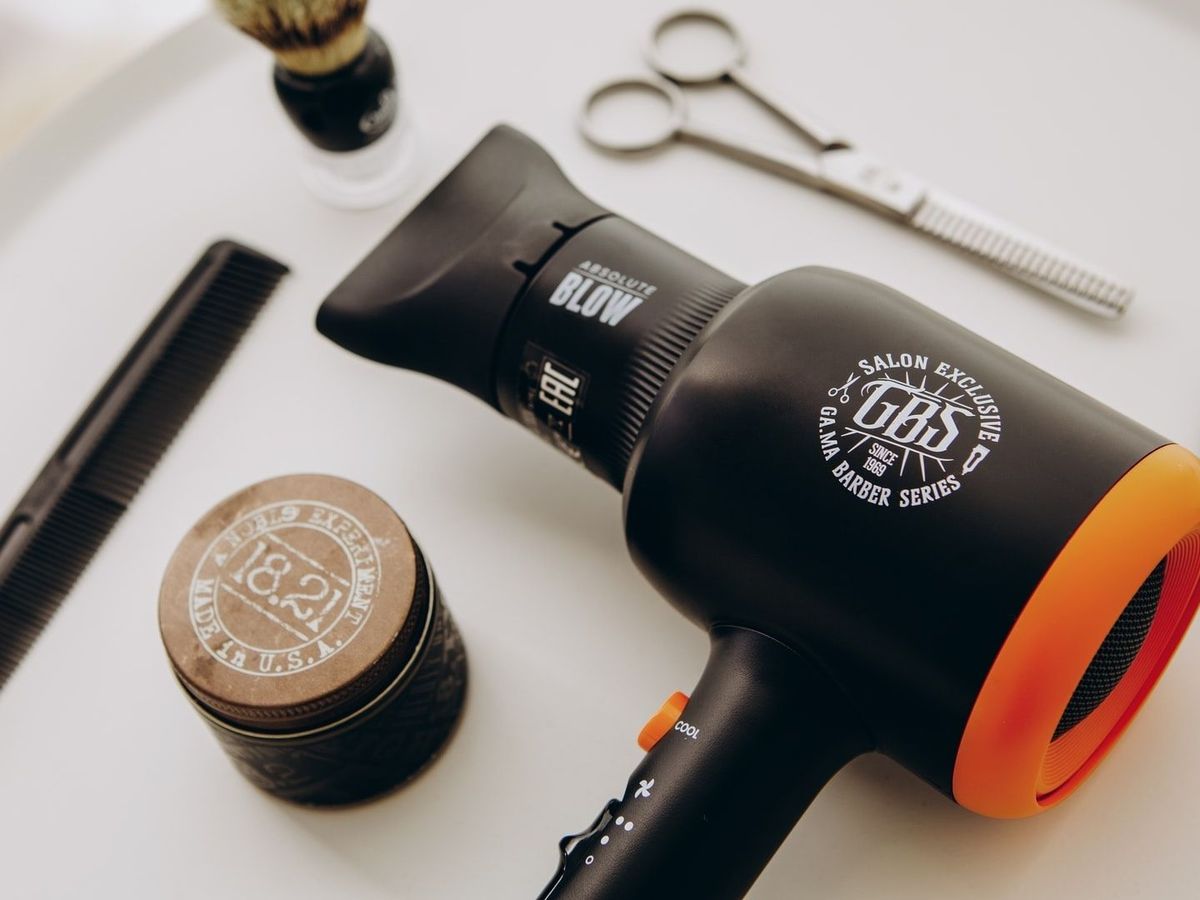
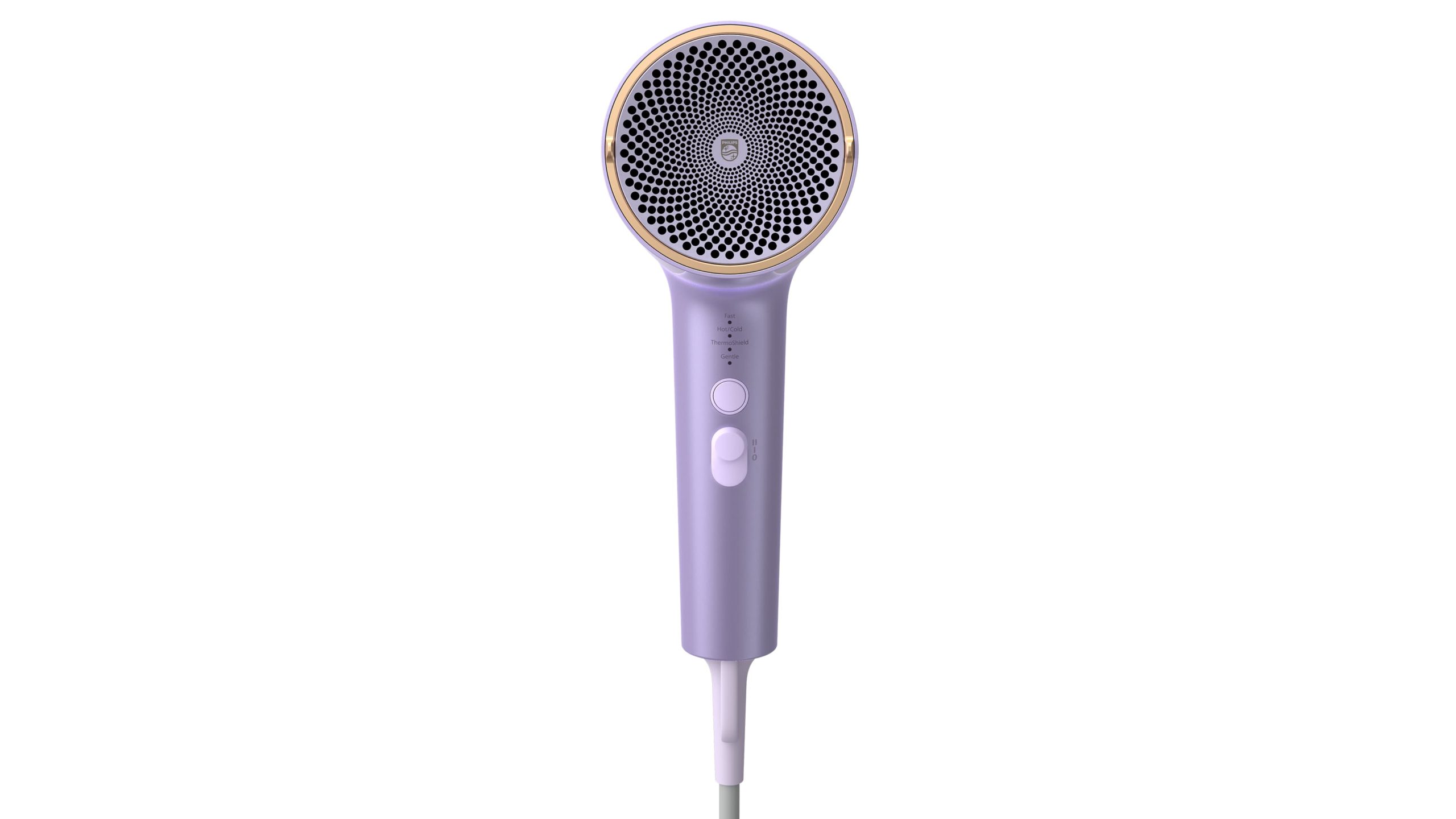
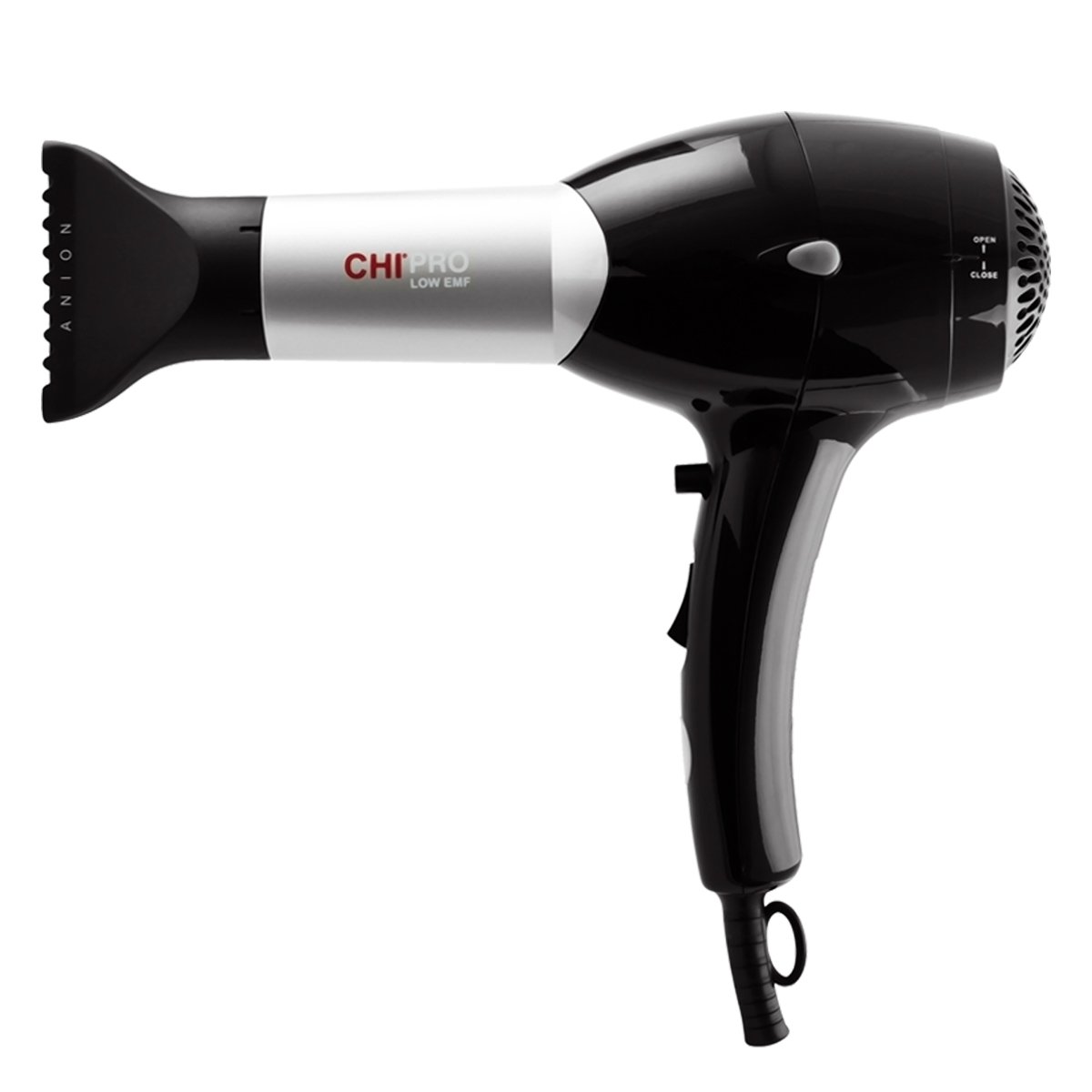
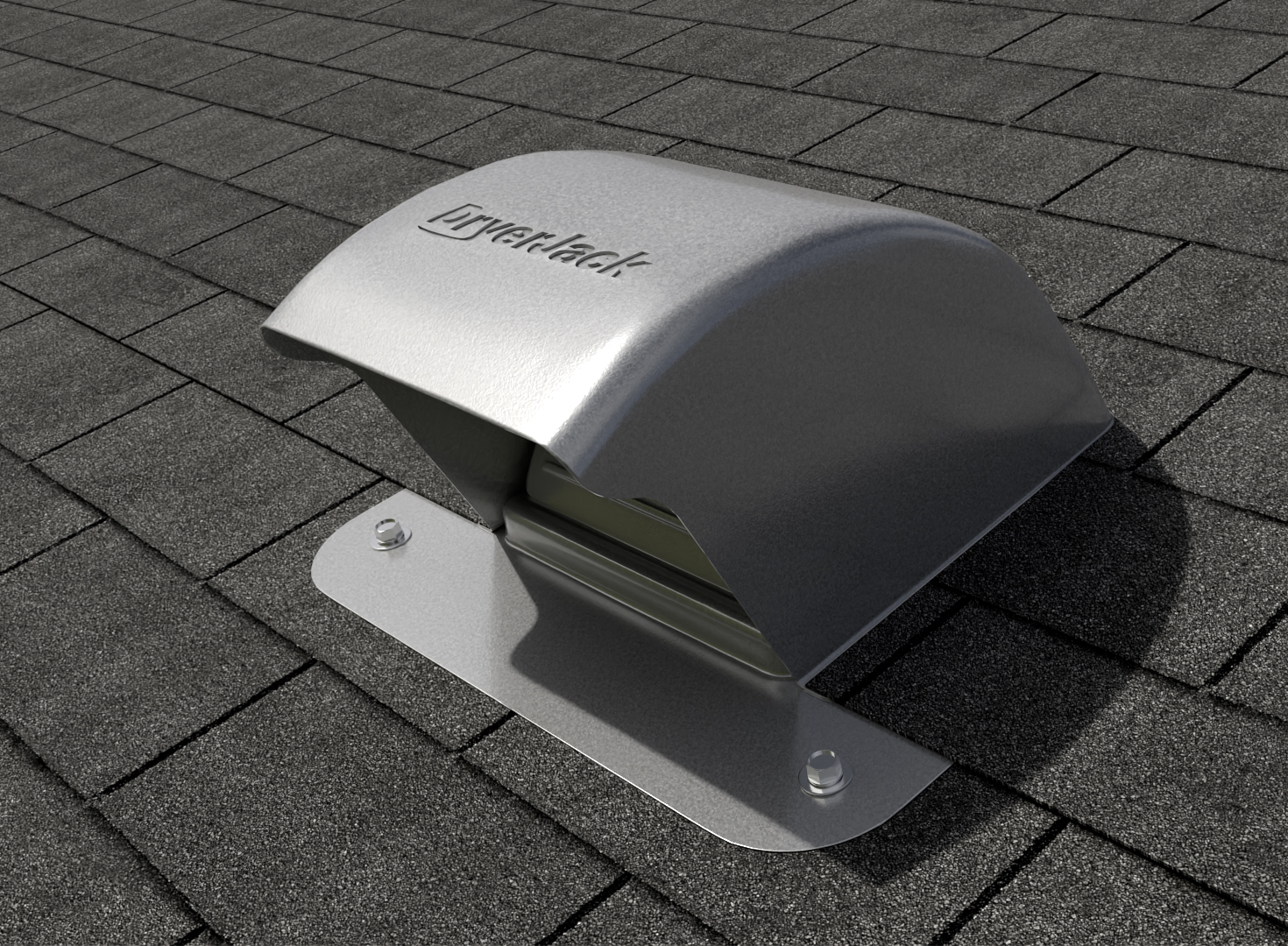
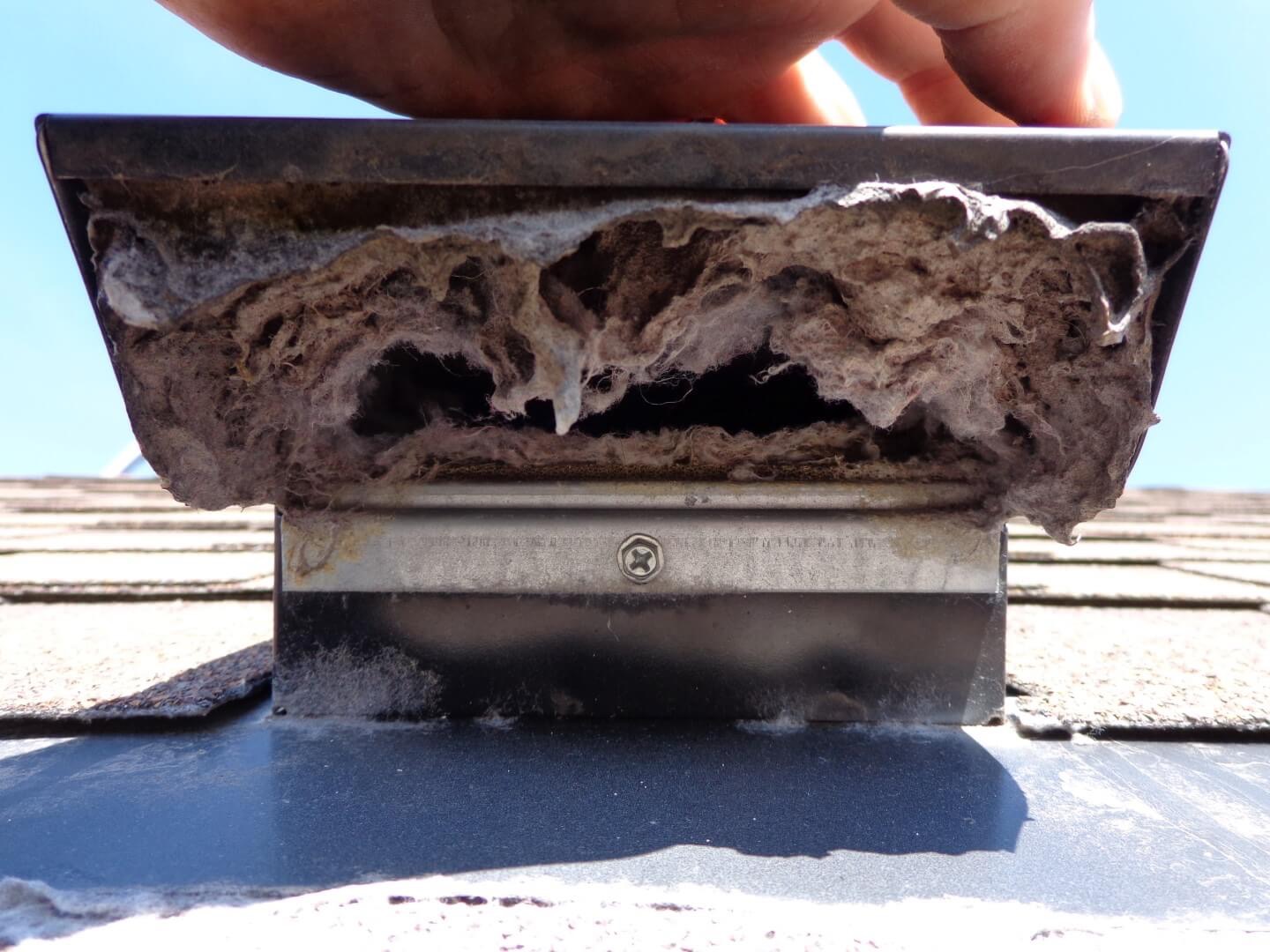
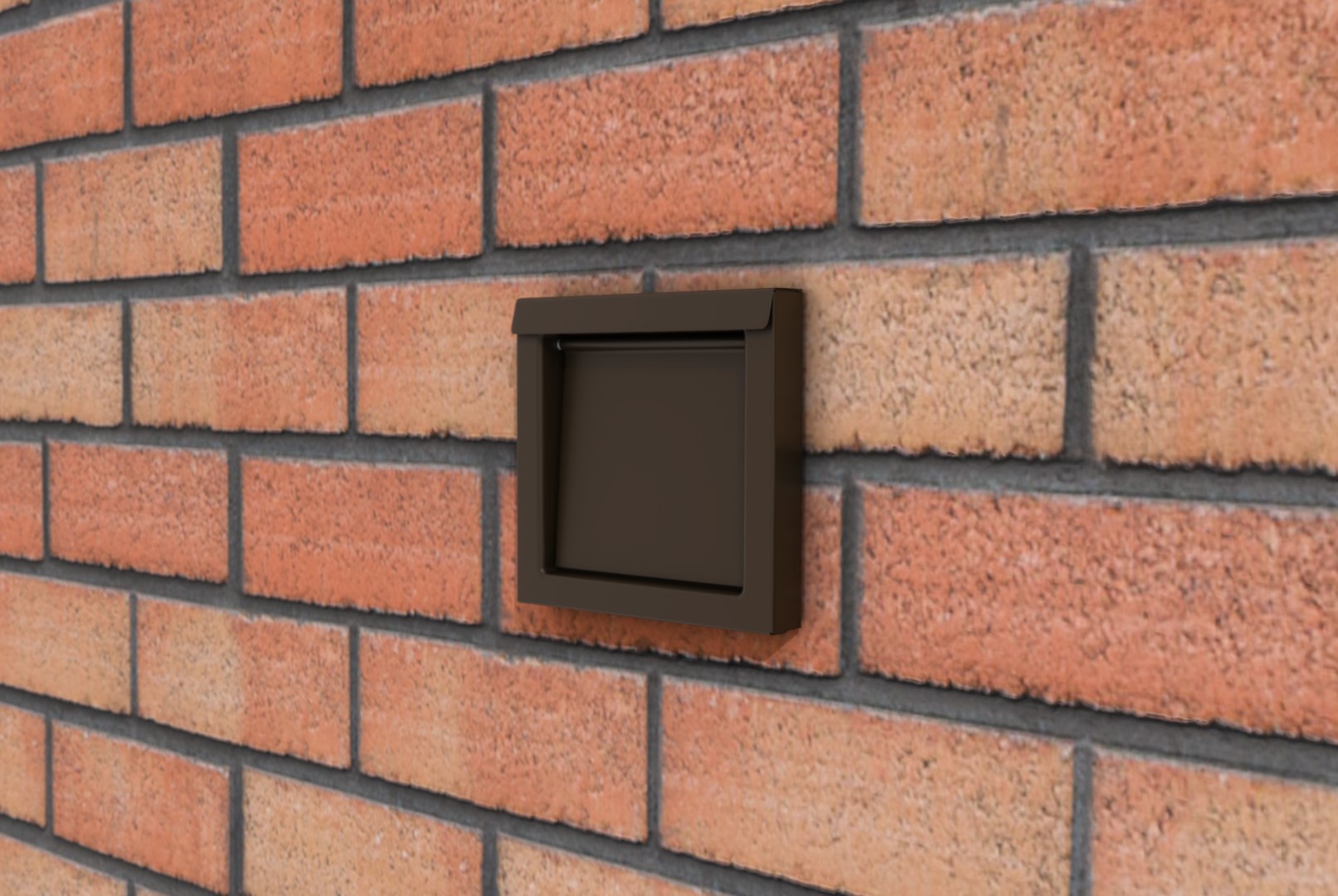
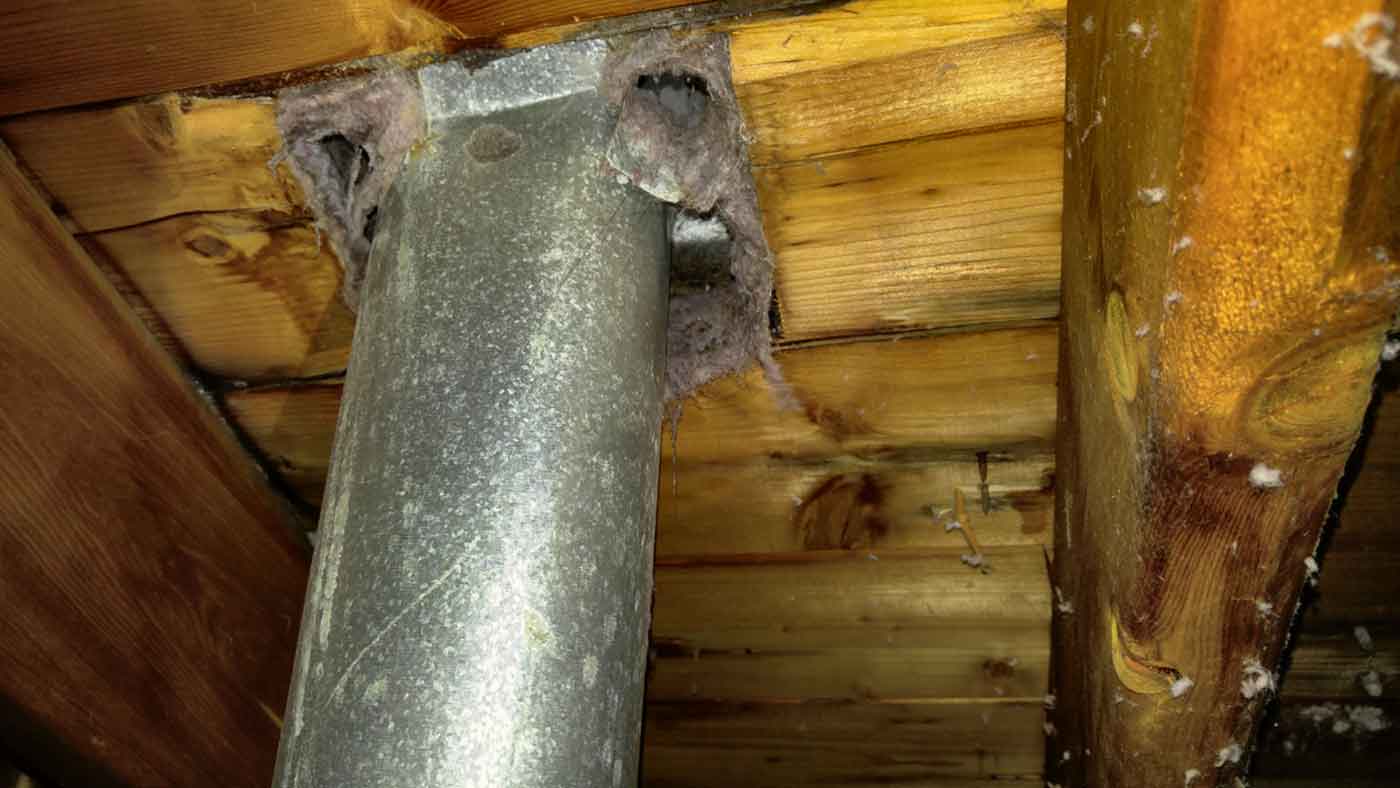
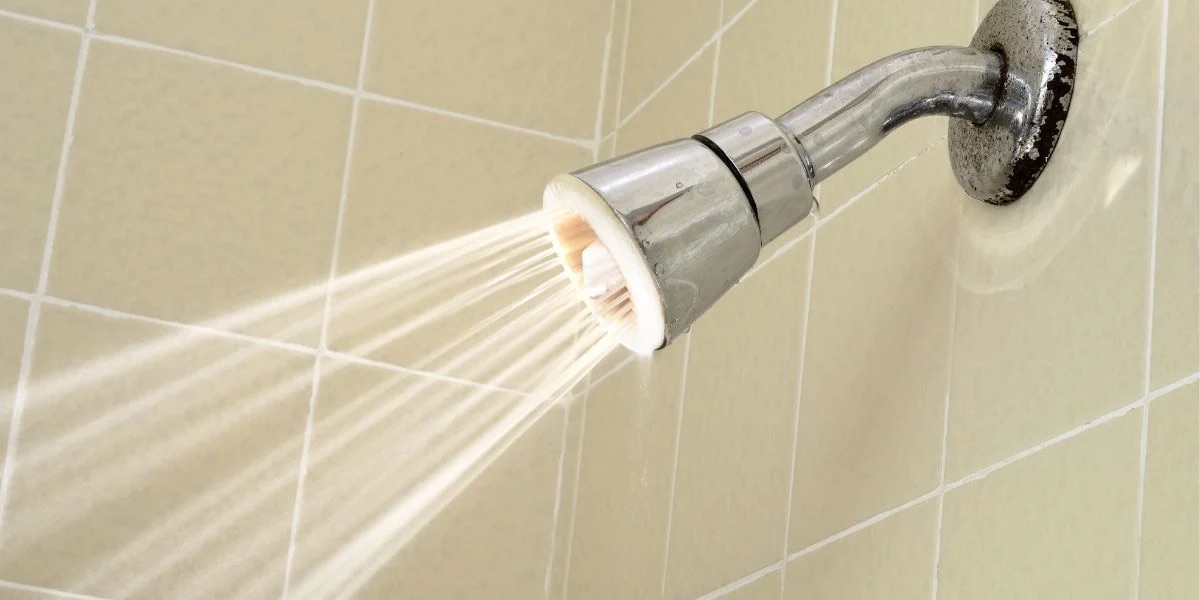
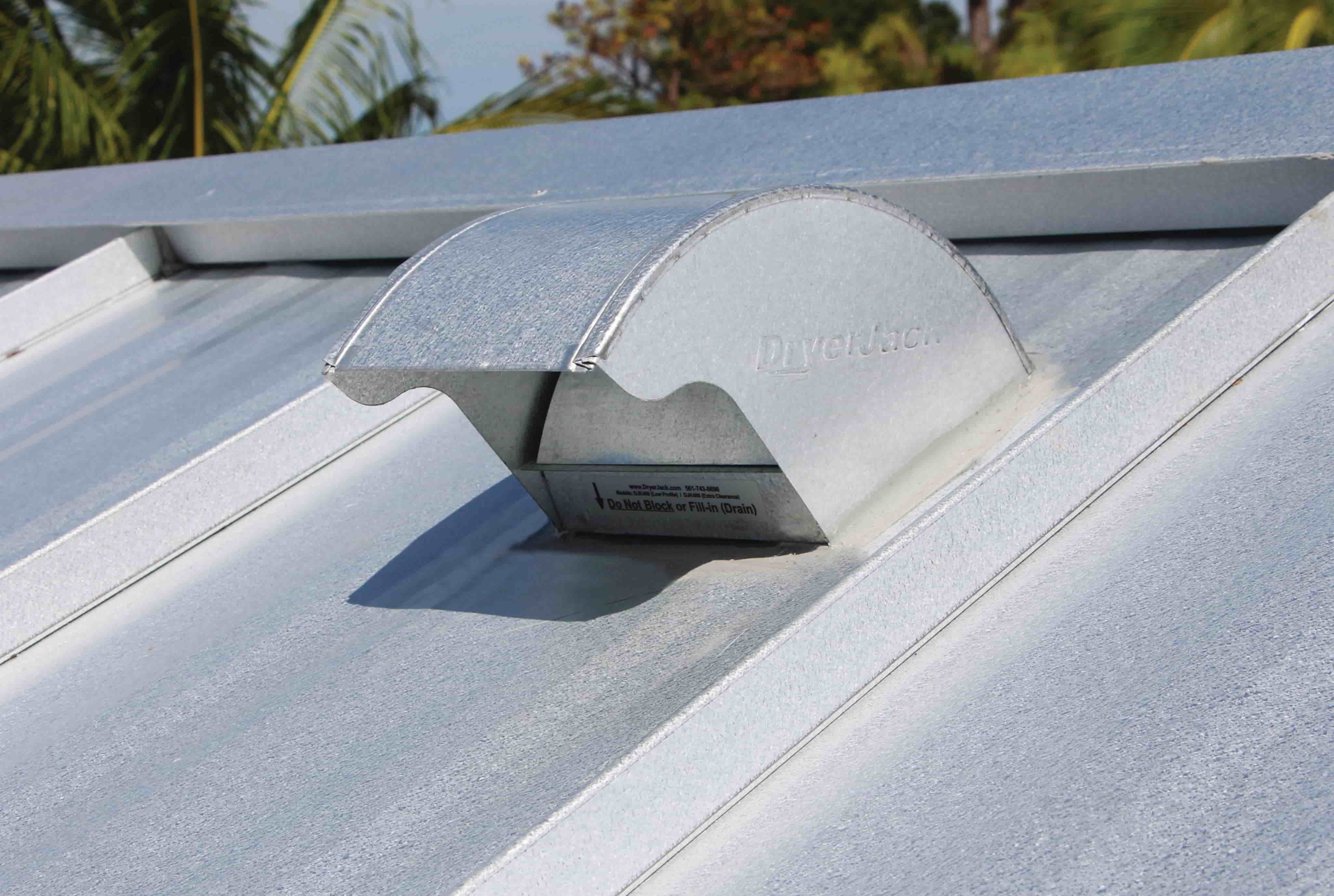
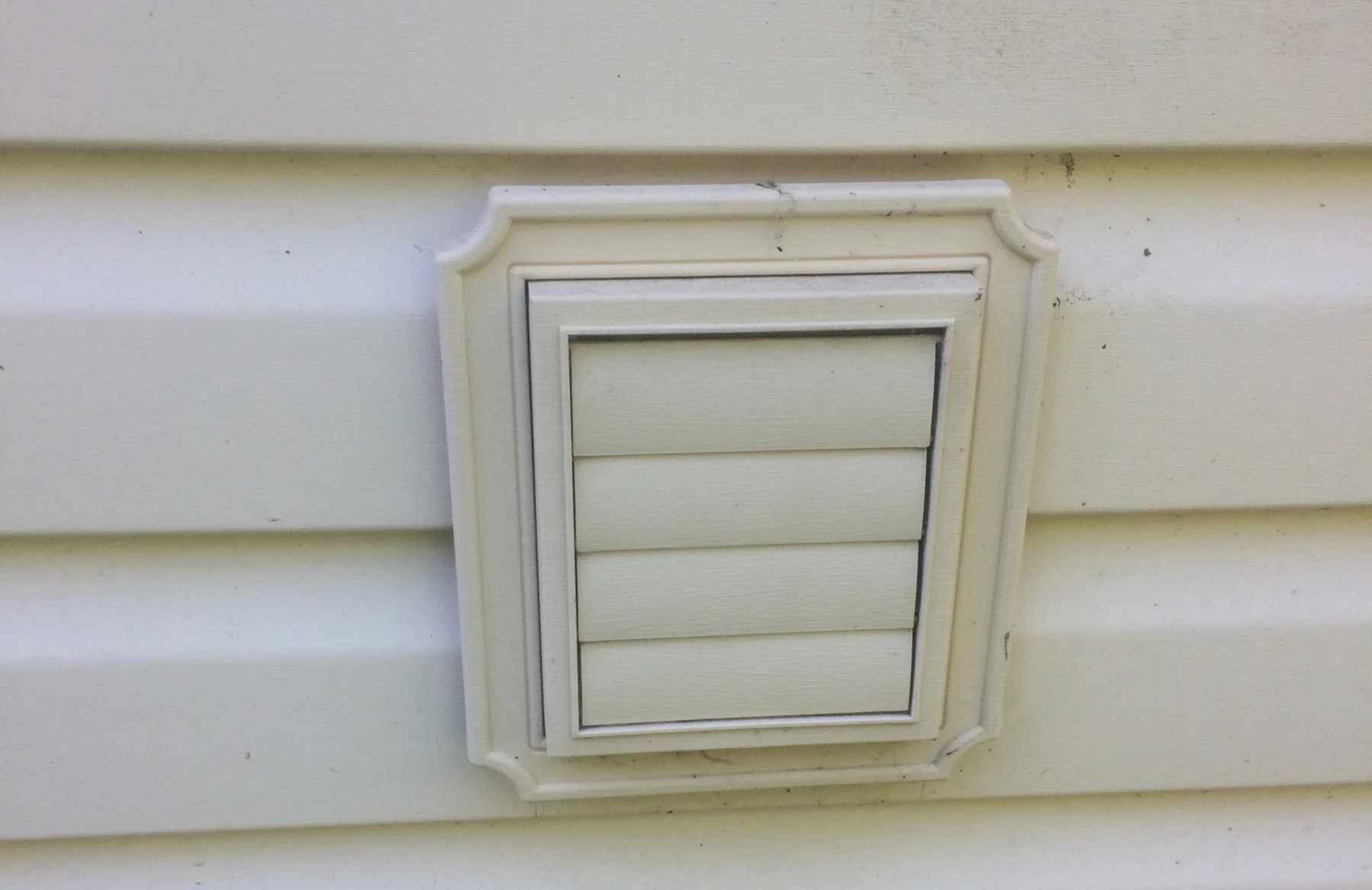

0 thoughts on “How Many Electrons Flow Through The Hair Dryer In 6.0 Min?”